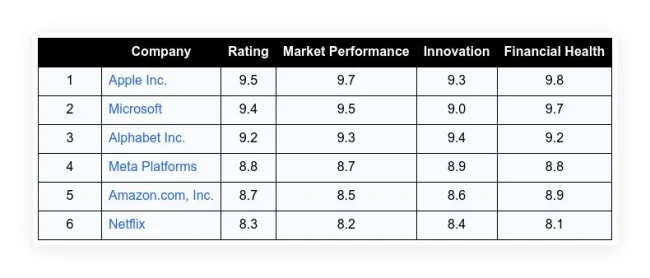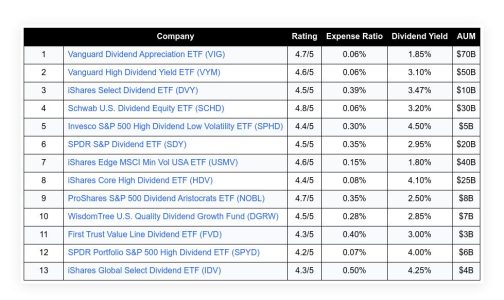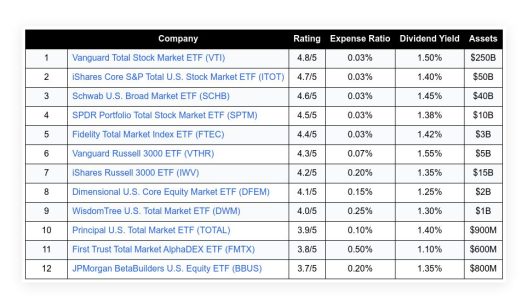A unique investment opportunity that offers positive returns and significant tax benefits has been highlighted. This investment fund has reportedly delivered positive returns for four consecutive years, with an average annual return of 14.5%.
The most notable aspect of this investment is its tax advantage. While generating positive returns, the fund produces approximately 30% of ordinary losses annually. These losses can be written off against various income sources, including salary (W-2 income) or business distributions.
Table of Contents
ToggleHow the Tax Benefit Works
The tax benefit generates ordinary losses that can directly offset taxable income. For example, a $1 million investment in this fund would potentially create around $300,000 in annual losses. These losses can reduce the investor’s taxable income by that amount.
This creates a situation where investors may benefit in two ways:
- Positive investment returns (averaging 14.5% annually over four years)
- Significant tax deductions through ordinary losses (approximately 30% of investment annually)
View this post on Instagram
Investment Performance
According to the information provided, the fund has maintained a consistent track record of positive returns over a four-year period. The average return of 14.5% represents the growth side of this investment strategy.
The dual benefit of positive returns coupled with tax-deductible losses makes this investment vehicle attractive to high-income individuals seeking tax reduction strategies.
Tax Implications
The ordinary losses generated by this investment can be particularly valuable because they can offset income typically taxed at higher rates. Unlike capital losses, which have limitations on how they can be applied against income, ordinary losses can be written off against:
- W-2 salary income
- Business distribution income
- Other forms of ordinary income
This tax treatment allows investors to maintain their investment growth while reducing their overall tax burden.
The individual promoting this investment claims to be a personal investor in the fund, suggesting confidence in the strategy. They also indicate that documentation is available to explain how the fund generates ordinary losses while maintaining positive returns.
Investors considering such strategies should consult with tax professionals to understand the full implications and ensure compliance with current tax regulations. Tax strategies that generate positive returns and losses often involve complex structures requiring proper due diligence.
Frequently Asked Questions
Q: How can an investment generate both positive returns and tax losses simultaneously?
Some investment structures are designed to separate economic returns from tax outcomes through various legal mechanisms. These might involve depreciation, amortization, or specific accounting methods that create tax losses without affecting the investment’s economic performance. A tax professional would need to review the specific method used by this fund in detail.
Q: Are any limitations or risks associated with claiming these tax losses?
Yes, there could be several limitations. The IRS has rules such as passive activity loss limitations, at-risk rules, and potential application of the economic substance doctrine. Additionally, tax laws change frequently, and what’s permissible today might not be in the future. Investors should conduct thorough due diligence and consult with tax professionals before pursuing such strategies.
Q: Who might benefit most from this type of investment strategy?
This strategy would likely be most beneficial for high-income individuals with significant ordinary income (such as W-2 wages or business distributions) that they wish to offset with tax deductions. The example of a $1 million investment suggests this is targeted toward accredited investors or high-net-worth individuals who can make substantial investments and have the tax liability to utilize the generated losses.

















